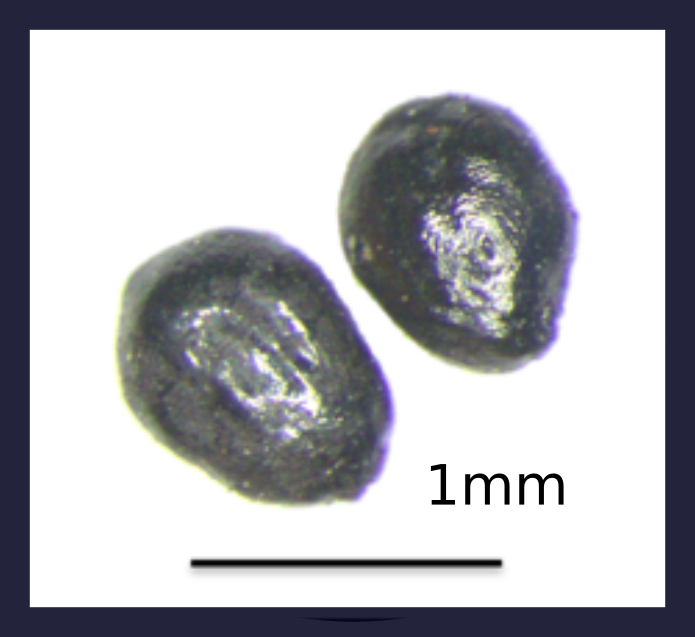Paleoethnobotany Analysis

Paleoethnobotany is the study and interpretation of plants remains found in archaeological contexts in order to reach a better understanding of the relationship between humans and flora. Botanical remains can be classified into two main categories:
- Macrobotanical remains can be seen by the naked eye or low power microscope. Examples of these include seeds and charcoal.
- Microbotanical remains are so small that in order to view them, you need to use a high-power microscope. These include pollen, starch grain, and phytoliths.
In this project, a volume of two liters of soil is obtained from each sealed layer to recover macrobotanical remains, and smaller samples are taken from several secure contexts such as postholes, floors, and earth inside ceramics for microbotanical remains.
Dr. Clarissa Cagnato will analyze the recovered samples from this project in order to identify the species of flora that were found in these contexts. Furthermore, she will try to discern what functions these archaeobotanicals fulfilled in ancient times.
Click on the link below to know more about Paleoethnobotany:
And here you will find some exciting results of our 2018 analysis:
The Plant-based Diet and Plants at the Plaza of the Columns Complex
